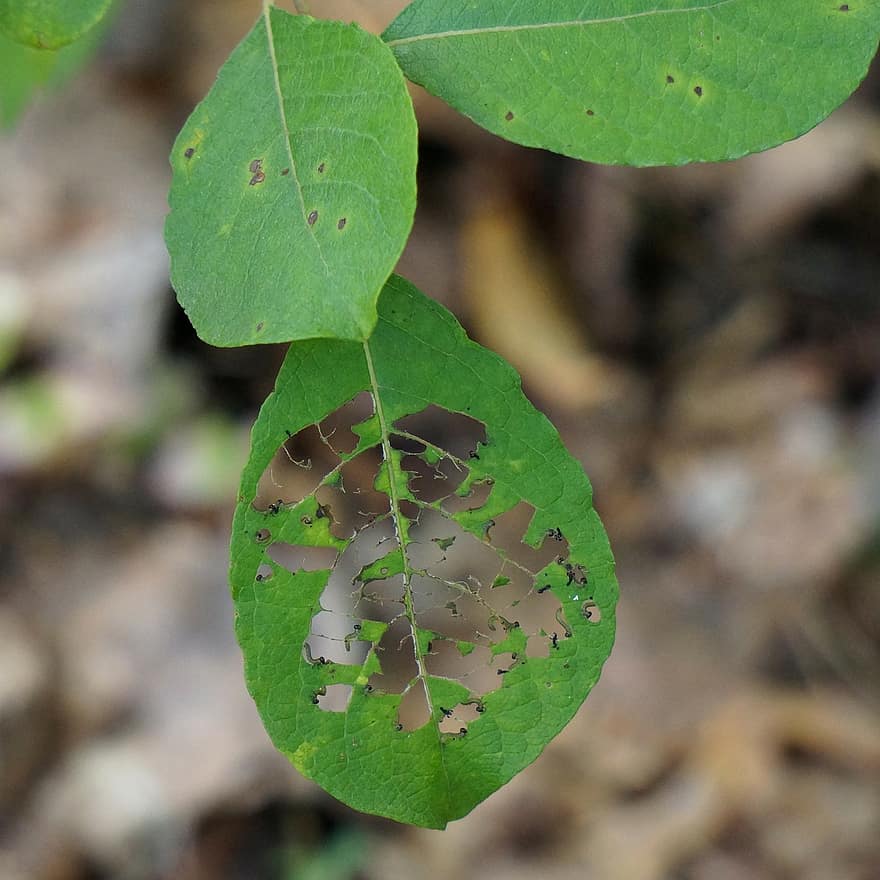Animals
Pollinator Feeders (PDF)
Pollination, or movement of pollen between flowers, is an essential part of life on Earth. Without pollination, the vast majority of plants would not be able to produce the fruits and seeds that they use to reproduce and that we depend on as food! Bees, butterflies, moths, beetles, ants, birds, bats, and small mammals are all important pollinators for many plants, moving pollen from flower to flower as they collect nectar or other resources for food.
Animal Architects (PDF)
Animals are talented architects that make homes especially suited to their needs and environments. These homes protect them from predators and competitors, and provide a safe space to raise their babies. Gather materials from your home and the outdoor spaces nearby and see if you can engineer these special constructions!
Whose Scat is That? (PDF)
You can tell a lot about an animal based on what it leaves behind! Footprints, teeth marks on plants, scratch marks, fur, and feathers are all signs that an animal has been around. Scat is another sign, and we can learn about its owner’s diet by investigating!
Invent an Insect
Did you know that there are over one million species of insects that entomologists (scientists who study insects) have discovered on earth? Insects make up 40% of the world’s animals. They pollinate plants, break down dead plants and animals into nutrients, and are a food source for other organisms. Start this activity by learning about insects, where they live, and what they do and then invent your very own species! (PDF)
Botany for Breakfast
Head outside and use this scavenger hunt checklist (PDF) to see if you can find each plant part and the critters that depend on them. Some animals like birds and mammals are shy, so remember to be patient and watch closely!

